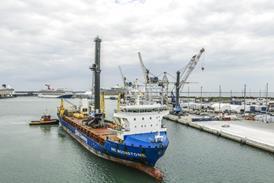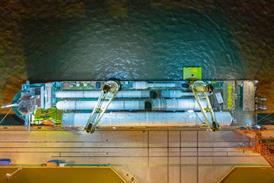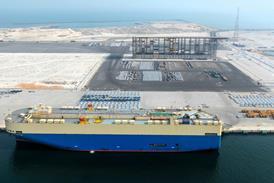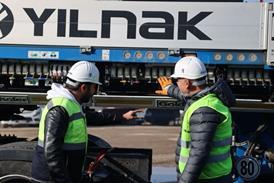Guidance on the safe operation of cranes near power lines has been published by the International Crane Stakeholders Assembly (ICSA), the organisation that brings together global crane manufacturers and users, including the European association of road transport and mobile cranes (ESTA).
Safe Crane Operation in the Vicinity of Power Lines is a 30-page document – freely available from the ESTA or ICSA websites – that offers guidance for operations near energised power lines. It is intended to assist regulatory authorities “when evaluating requirements to prevent power line contact”.
ESTA said that concern has been growing in some countries at the number of fatal and avoidable power-line related accidents. The guidance says that the risks must be mitigated through the detailed and appropriate site planning and operation of such projects.
However, it warns that the only way to completely eliminate the hazards associated with such crane operations is to de-energise and ground the power lines prior to crane operations starting. The guidance concludes: “Therefore, it is necessary to implement a risk management system based on a risk assessment to develop a safe system of work for the operation/jobsite. Any changes to the operation or jobsite conditions may require a review and modification of the safe system of work.”
Key elements of the new critical safety guide include: rigorous risk assessment procedures that prioritise hazard elimination and control measures; no-go zones around power lines to clearly define safe operational boundaries; remote operation capabilities to enhance safety by minimising operator exposure; and non-conductive materials that reduce the risk of electric shock or power line contact.
In the European Union, the issue came into sharp focus last year with the publication of the new European Machinery Regulation which contains a requirement for mobile machinery such as cranes to be designed in such a way as to prevent the risk of contact with an energised overhead powerline – something the manufacturers have long said is impossible.
That debate is continuing with ESTA and the manufacturers arguing that the development of the laws and national regulations that establish how the new regulation is interpreted in member states must reflect practical reality.
The ICSA guidance states that it is not intended to supersede any documents or guidance provided by the crane manufacturer or any local or government regulations, which must be followed, but the publication adds further weight to the arguments put forward in Europe by ESTA and the crane manufacturers.
















